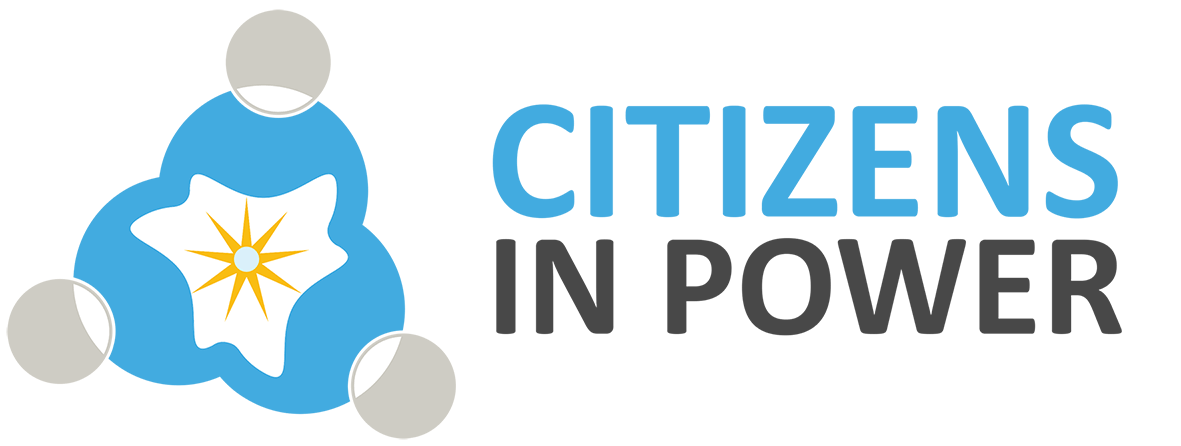32 organizations from 13 countries set new standards for resource efficiency.
Our four-year EU project P2GreeN, will develop, test and adapt the use of human sanitary waste to produce safe, bio-based fertilizers for agriculture. A consortium of 32 European partners scored well with the EU Horizon program and has been awarded the contract to implement an unprecedented project.
Vast amounts of wastewater with a high nutrient content disappear daily into the sewers of large cities. On the other hand, agriculture, using conventional fertilizers, struggles to produce good yields in the fields to feed the growing world population. What some have too much of, others have too little of. There must be a solution to this.
This was the thinking of a European alliance of SMEs, NGOs, universities, research institutes, local governments and network partners two years ago. An idea gradually matured into a concept that successfully met the high requirements of the Horizon Europe research and innovation funding program and now receives funding for implementation from the largest transnational research funding program in the world.
What is behind the idea?
The nutrient system within the food supply chain is currently linear. In simplified terms, this means that agriculturally grown food is produced with the addition of energy-intensive fertilizers, the consumer consumes it and this is where the chain ends. But it makes more sense to develop a cycle that eliminates fertilizers from costly production and negative effects on our environment, as well as the waste of nutrient-rich wastewater from cities.
What is the solution?
The circle can be closed by using human sanitary waste and converting it into bio-based fertilizers, utilizing important nutrients that are produced in large quantities every day anyway. The key lies in nutrient recovery. The focus here is on the nutrients nitrogen and phosphorus. These two are the most important nutrients for maintaining soil fertility and increasing agricultural production. At the same time, considerable amounts of nitrogen and phosphorus are generated daily with human sanitary waste in cities or urban areas.
P2GreeN aims to develop and demonstrate viable and sustainable approaches to nutrient recovery from sanitary waste. Three P2GreeN pilot regions will develop and demonstrate the conversion of human sanitary waste into safe bio-based fertilizers in an innovative closed-loop system. Lessons learned will be shared with four P2GreeN successor regions.
Coordinator: agrathaer GmbH (DE)
Partnership:
LEIBNIZ-INSTITUT FUR GEMUSE- UND ZIERPFLANZENBAU GROSSBEEREN/ERFURT EV (DE),
VILLE DE PARIS (FR),
UNIVERSITY COLLEGE DUBLIN,
NATIONAL UNIVERSITY OF IRELAND, DUBLIN (IE),
SVERIGES LANTBRUKSUNIVERSITET (SE),
COPENHAGEN BUSINESS SCHOOL (DK),
LUONNONVARAKESKUS (FI),
NATIONAL UNIVERSITY OF IRELAND MAYNOOTH (IE),
ETHNIKO KENTRO EREVNAS KAI TECHNOLOGIKIS ANAPTYXIS (EL),
BIOAZUL, SL (ES),
C.I.P. CITIZENS IN POWER (CY),
ecovillage hannover eG (DE),
Goldeimer gemeinnützige GmbH (DE),
INSTITUT D’ARQUITECTURA AVANCADA DE CATALUNYA (ES),
ICLEI EUROPEAN SECRETARIAT GMBH (ICLEIEUROPASEKRETARIAT GMBH) (DE),
CENTRO ANDALUZ DE INVESTIGACIONES DEL AGUA (ES),
Sun global chemicals services s.l.(ES),
IRIDRA SRL (IT),
ECOLE NATIONALE DES PONTS ET CHAUSSEES (FR),
KOZGAZDASAG- ES REGIONALIS TUDOMANYIKUTATOKOZPONT (HU),
HAFENCITY UNIVERSITAT HAMBURG (DE),
SUSTCHEM TECHNICAL CONSULTING SA (EL),
Transition ApS (DK),
Triodos Bank N.V, Deutschland (DE),
MOVERIM CONSULTING SPRL (BE),
S.A.T. 2803 TROPS (ES),
AgriSmart data SL (ES),
Touch Down Gotland AB (SE),
Sanitation360 AB (SE),
MANCOMUNIDAD DE MUNICIPIOS DE LA COSTA DEL SOL-AXARQUIA (ES),
Gotlands Bryggeri AB (SE),
VunaNexus (CH)
Website: www.p2green.eu
Project duration : 01/12/2022 – 30/11/2026
HORIZON-CL6-2022-ZEROPOLLUTION-01-02
Number: 101081883

The European Commission’s support for the production of this publication does not constitute an endorsement of the contents which reflects the views only of the authors, and the Commission cannot be held responsible for any use which may be made of the information contained therein.


